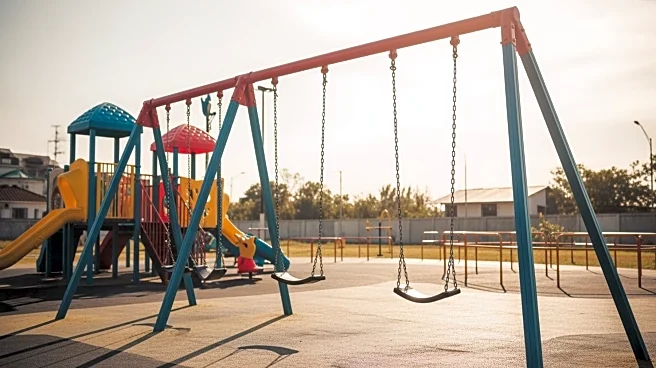What's Happening?
A 7-year-old boy named Cruz was bitten on the head by a python during a birthday party at a zoo in Queensland, Australia. The incident occurred while Cruz and other children were holding snakes as part of
a night tour. Cruz's mother, Kristy Craft, was filming the event and initially did not notice the bite until Cruz complained and blood was seen on his head. The python involved is non-venomous, and the incident was described as an accident. The family has a history of interacting with snakes without prior issues, and the zoo's name has been withheld to prevent unwarranted criticism.
Why It's Important?
This incident underscores the inherent risks associated with handling wild animals, even in controlled environments like zoos. While the python was non-venomous and the child was not in serious danger, the event highlights the unpredictability of animal behavior. It raises questions about the safety protocols in place for animal interactions, especially involving children. The situation also serves as a reminder of the responsibilities of both handlers and guardians in ensuring safety during such interactions. The broader implication is a potential reevaluation of how such educational and interactive experiences are conducted to prevent similar occurrences.
What's Next?
Following the incident, there may be discussions on enhancing safety measures during animal interactions at zoos. This could involve reviewing the training of handlers, the selection of animals for public interaction, and the guidelines provided to participants. The family involved has expressed a willingness to support Cruz if he chooses to interact with snakes again, indicating a potential for continued engagement with wildlife under safer conditions. The zoo may also consider additional measures to reassure visitors of their safety protocols.
Beyond the Headlines
The incident also touches on the cultural fascination with wildlife and the educational value of such interactions. It highlights the balance between providing enriching experiences and ensuring safety. The event may prompt a broader conversation about the ethical considerations of using wild animals in educational settings and the importance of respecting their natural behaviors.












